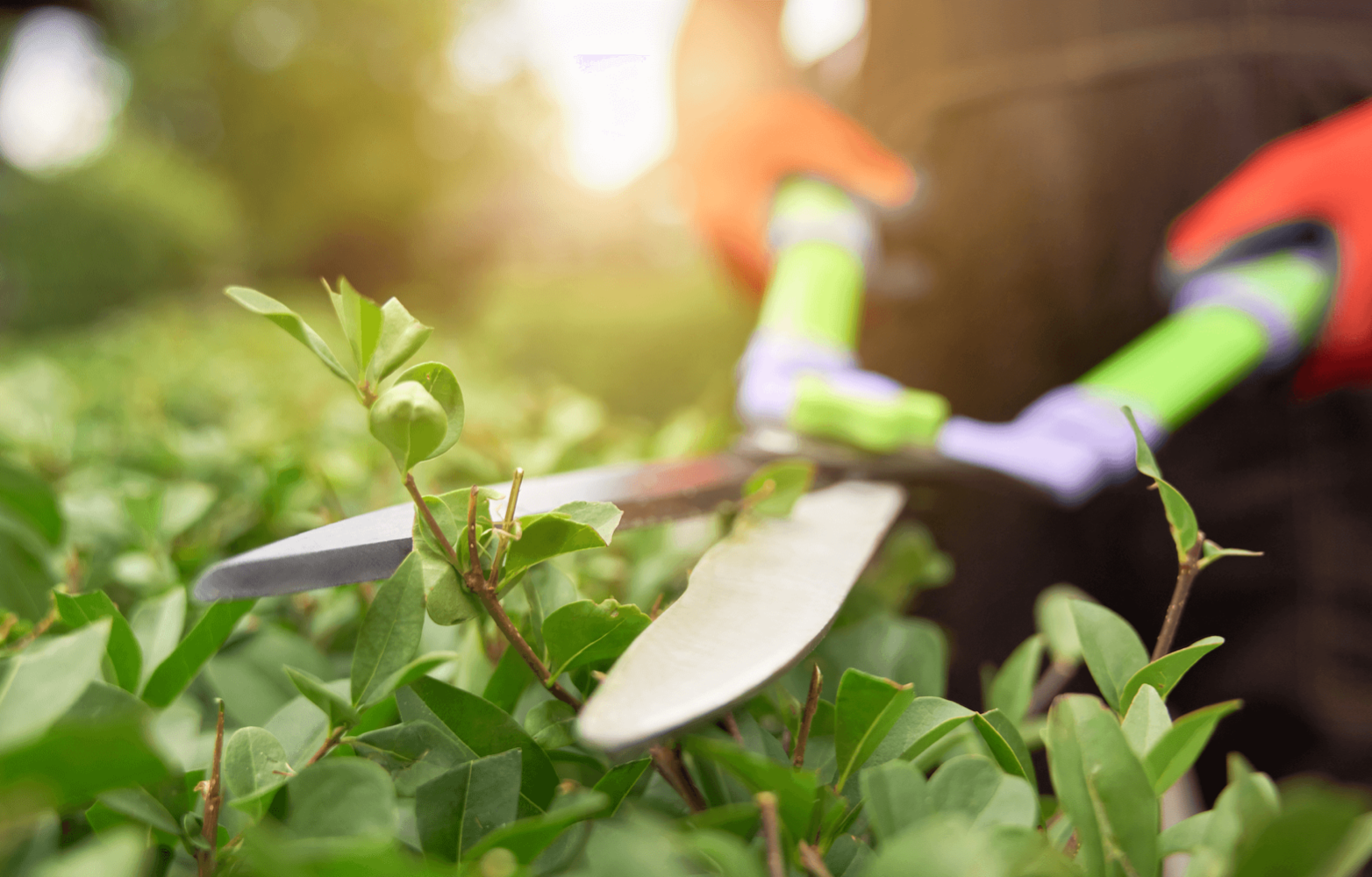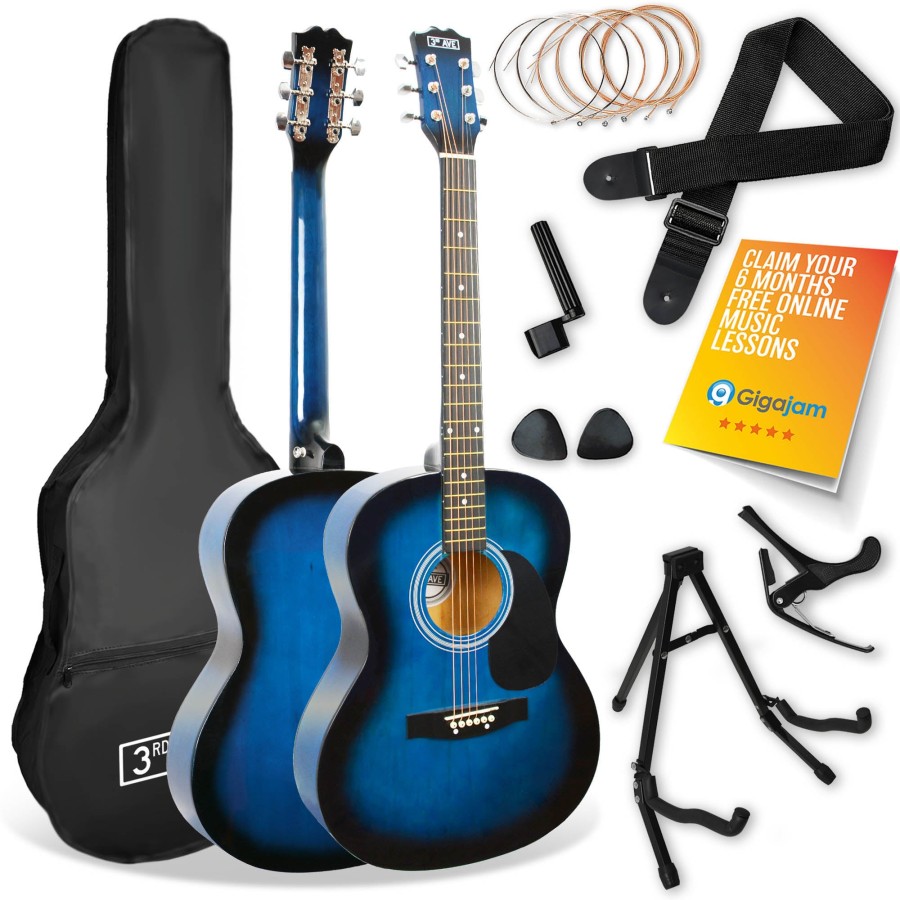
- Events
- Australia Day
- Bastille Day
- Burns Night
- Christmas
- Darts
- Day of the Dead
- Eurovision
- Festivals / Summer
- Halloween
- Halloween Accessories
- Nativity
- Oktoberfest
- Olympics
- Pride
- Red Nose Day
- School Play Costumes
- St Andrew's Day
- St Davids Day
- St Georges / England Supporters
- St Patricks Day
- Six Nations Rugby
- Stag Do
- Summer
- Thanksgiving
- VE Day
- World Book Day
- Adult World Book Day Costumes
- 4th July

- Themes
- Animals
- Around The World
- Book Characters
- British
- Chocolate Factory
- Cops & Robbers
- Cosplay
- DC
- Doctors and Nurses
- Fairytale
- Funny / Novelty
- Gangster
- Harry Potter
- Hawaiian / Summer
- Heroes and Villains
- Historical
- Army, Air Force & Naval
- Mexican Fiesta
- Pick Me Up
- Pink Cowgirl Hat Aesthetic
- Pirates
- Popstars and Celebrities
- Pre Historic
- Religious
- Sexy Costumes
- Sports
- Star Wars
- Steampunk
- Suits
- Tiger King
- TV, Film and Game
- Wild West
- Wizard of Oz
- Wizards & Witches
- 2000s
- 1990s
- 1980s
- 1960s 1970s
- 1950s
- 1940s
- 1920s

- Cosmetics
- Body Crayons
- Eye Liner
- Fabric Paint
- Face & Body Paint
- Face Jewels
- Fake Blood
- FX Fluids
- Glitter Fixatives
- Glitter Gel
- Glitter Shaker
- Hair Colour Spray
- Hair Gel
- Hair Streaks
- Lipgloss
- Lipstick
- Lip Tattoos
- Loose Glitter
- Mascara
- Nail Polish
- Pigment Shakers
- Pro Face Paint Cake Pots
- Scars, Wounds, Prosthetics & FX

- Accessories
- Bandanas & Scarves
- Belts
- Braces
- Capes
- Elf Accessories
- Eye Lashes
- Facial Hair
- Feather Boas
- Glasses
- Gloves
- Guns, Weapons & Swords
- Hats & Headwear
- Hosiery
- Inflatables
- Jewellery
- Masks
- Masquerade Masks
- Nipple Pasties
- Pacifiers
- Props
- Sets & Kits
- Shoe Covers
- Shoes / Boots
- Sleeves
- Teeth
- Ties & Bowties
- Tutus & Underskirts
- Wigs
- Wings & Wands
- Other

- Gifts by Category
- Alternative
- Balloon Dog Sculptures
- Batteries
- Colouring Books
- Decorative Accessories
- Food & Drink
- Fragrance
- Gadgets & Tech
- Gift Sets
- Gifts for the Home
- Homeware
- Jewellery
- Keepsakes
- Knitting Wool
- Life
- Luggage & Suitcases
- Miscellaneous
- Ornaments
- Personalised Gifts
- Puzzle Books
- Puzzles
- Slippers
- Smoking
- Stationery
- Umbrellas
- Vehicle
- Wallets & Purses
- Warmies


-
- Australia Day
- Bastille Day
- Burns Night
- Christmas
- Darts
- Day of the Dead
- Eurovision
- Festivals / Summer
- Halloween
- Halloween Accessories
- Nativity
- Oktoberfest
- Olympics
- Pride
- Red Nose Day
- School Play Costumes
- St Andrew's Day
- St Davids Day
- St Georges / England Supporters
- St Patricks Day
- Six Nations Rugby
- Stag Do
- Summer
- Thanksgiving
- VE Day
- World Book Day
- Adult World Book Day Costumes
- 4th July
-
- Animals
- Around The World
- Book Characters
- British
- Chocolate Factory
- Cops & Robbers
- Cosplay
- DC
- Doctors and Nurses
- Fairytale
- Funny / Novelty
- Gangster
- Harry Potter
- Hawaiian / Summer
- Heroes and Villains
- Historical
- Army, Air Force & Naval
- Mexican Fiesta
- Pick Me Up
- Pink Cowgirl Hat Aesthetic
- Pirates
- Popstars and Celebrities
- Pre Historic
- Religious
- Sexy Costumes
- Sports
- Star Wars
- Steampunk
- Suits
- Tiger King
- TV, Film and Game
- Wild West
- Wizard of Oz
- Wizards & Witches
- 2000s
- 1990s
- 1980s
- 1960s 1970s
- 1950s
- 1940s
- 1920s
-
- Body Crayons
- Eye Liner
- Fabric Paint
- Face & Body Paint
- Face Jewels
- Fake Blood
- FX Fluids
- Glitter Fixatives
- Glitter Gel
- Glitter Shaker
- Hair Colour Spray
- Hair Gel
- Hair Streaks
- Lipgloss
- Lipstick
- Lip Tattoos
- Loose Glitter
- Mascara
- Nail Polish
- Pigment Shakers
- Pro Face Paint Cake Pots
- Scars, Wounds, Prosthetics & FX
-
- Bandanas & Scarves
- Belts
- Braces
- Capes
- Elf Accessories
- Eye Lashes
- Facial Hair
- Feather Boas
- Glasses
- Gloves
- Guns, Weapons & Swords
- Hats & Headwear
- Hosiery
- Inflatables
- Jewellery
- Masks
- Masquerade Masks
- Nipple Pasties
- Pacifiers
- Props
- Sets & Kits
- Shoe Covers
- Shoes / Boots
- Sleeves
- Teeth
- Ties & Bowties
- Tutus & Underskirts
- Wigs
- Wings & Wands
- Other







-
- Alternative
- Balloon Dog Sculptures
- Batteries
- Colouring Books
- Decorative Accessories
- Food & Drink
- Fragrance
- Gadgets & Tech
- Gift Sets
- Gifts for the Home
- Homeware
- Jewellery
- Keepsakes
- Knitting Wool
- Life
- Luggage & Suitcases
- Miscellaneous
- Ornaments
- Personalised Gifts
- Puzzle Books
- Puzzles
- Slippers
- Smoking
- Stationery
- Umbrellas
- Vehicle
- Wallets & Purses
- Warmies

How to Tune a Guitar: A Beginner's Guide
by Darren Butler
Last updated: May 06, 2025

Tuning a guitar is one of the first skills every player must master, and it’s essential to getting the best sound out of your instrument. Whether you're new to playing or have been strumming for a while, tuning your guitar correctly ensures your notes and chords sound as they should. A well-tuned guitar makes practicing and performing much more enjoyable and helps you develop proper technique. In this guide, we will cover everything you need to know to tune a guitar, from the basics of tuning to different methods and tips to keep your guitar in tune longer.

Understanding Guitar Tuning
Before diving into how to tune a guitar, it's important to understand what "tuning" means. A guitar is made up of six strings, each tuned to a specific note. The standard tuning for most guitars is EADGBE, where each letter corresponds to the note that each string should produce when played open (without pressing any frets). This tuning is widely used across different styles of music, so it’s the ideal starting point for most guitarists.
The six strings of a guitar are tuned as follows, from the thickest (lowest) to the thinnest (highest) string:
- 6th string: E (low)
- 5th string: A
- 4th string: D
- 3rd string: G
- 2nd string: B
- 1st string: E (high)
These notes correspond to the frequencies that each string should vibrate at when played. Proper tuning not only makes the guitar sound better but also ensures that chords and scales are played in harmony.

Methods to Tune a Guitar
There are several ways to tune a guitar, each suited to different situations. Some methods require extra equipment, while others only need your ear. Here, we will explore the most common methods for tuning a guitar.

Using an Electronic Tuner
An electronic tuner is one of the most accurate and convenient ways to tune a guitar. These devices detect the pitch of the string and display whether the note is flat (too low) or sharp (too high). You can clip the tuner onto the headstock of the guitar, and as you pluck each string, it will indicate whether you need to tighten or loosen the string to reach the correct note.
To use a tuner, start by plucking the sixth string (the low E) and adjust the tuning peg until the tuner shows that the string is in tune with the note "E". Repeat this process for the remaining strings, following the standard EADGBE tuning. Digital tuners are available in various forms, including clip-on tuners, pedal tuners for electric guitars, or even smartphone apps that function as tuners.

Tuning by Ear Using a Reference Note
If you don’t have an electronic tuner handy, tuning by ear can also be an effective way to get your guitar in tune. One of the most common methods involves using the fifth fret of the low E string as a reference. Here’s how to do it:
Start by playing the open low E string (6th string). Now, press down on the 5th fret of the low E string to produce an A note. Play this note and then pluck the open A string (5th string). If the pitch of the two notes sounds off, adjust the tuning of the A string until the two notes sound the same. Repeat this method for the remaining strings, always tuning each string to the note you get from pressing the 5th fret of the previous string.
However, when tuning the second string, the B string, there’s a slight variation. Instead of using the 5th fret, you need to press down on the 4th fret of the 3rd string (G string) and then compare the pitch to the open B string. This adjustment is needed because the interval between the G and B strings is slightly different from the other string pairs. Once the notes sound the same, the B string will be in tune. Continue the method for the remaining strings. This technique requires a good ear, but it’s a useful skill, especially when you're without a tuner.

Tuning Using Harmonics
Harmonic tuning is another method of tuning by ear that involves lightly touching the string above the fret rather than pressing it down. This creates a harmonic note, which is a bell-like tone that is useful for tuning.
Start by lightly touching the 5th fret of the low E string and plucking it. This will create a harmonic note. Next, repeat this process with the 7th fret of the A string (5th string). If the two harmonic notes sound the same, the guitar is correctly tuned. Repeat this for the rest of the strings, tuning each string by comparing the harmonic at the 5th fret of the previous string with the harmonic at the 7th fret of the string you are tuning. This method can take some practice, but it’s a valuable skill to master.
Using a Tuning App
For those who prefer using a mobile device, guitar tuning apps can be an excellent solution. These apps use the microphone in your smartphone to detect the pitch of each string when plucked. Many apps even allow you to tune to alternate tunings, which is handy if you play in tunings other than the standard EADGBE.
To use a tuning app, simply open the app and begin tuning each string, following the app’s visual display for whether the note is flat or sharp. Some popular tuning apps include GuitarTuna, Fender Tune, and PitchLab, which all provide a clear interface for tuning your guitar.

Keeping Your Guitar in Tune
Once you've tuned your guitar, it’s important to maintain that tuning. Guitars can go out of tune due to a variety of factors, including temperature changes, humidity, and the natural stretching of strings. There are a few tips to help keep your guitar in tune longer:
- Stretch your strings: When you install new strings, stretch them by pulling them gently away from the fretboard and retuning the guitar. This will help prevent the strings from stretching out of tune during play.
- Use a tuner regularly: Even if your guitar seems to hold its tuning well, it’s a good habit to check its tuning regularly, especially before performances or recording sessions.
- Store your guitar properly: Keep your guitar in a cool, dry place. Extreme temperatures and humidity can cause the wood of the guitar to expand or contract, affecting the tuning.

Conclusion
Tuning your guitar is an essential skill that all guitarists must learn. Whether you're using an electronic tuner, tuning by ear, or using a mobile app, knowing how to tune your guitar correctly will ensure your instrument sounds its best. With practice, you'll find your preferred method and develop a better ear for pitch. Don’t forget to regularly check your guitar’s tuning and take steps to maintain it. A well-tuned guitar makes playing more enjoyable and helps you sound your best, whether you’re practicing or performing.
- Menu
- Fancy Dress
- Electronics & Gaming
- Clothing
- Pet Products
- Garden
- Tools & DIY
- Home & Leisure
- Gifting & Parties
- Toys
- Information
- About Us
- Become a seller
- Affiliate Programme
- Frequently Asked Questions
- Returns and Refunds
- Terms And Conditions
- Privacy Policy
- View our blog
- Featured
- View more
- Customer Care
- [email protected]
- +44 (0) 1702 617821
- ILFD Group Ltd T/A Cazaar®
- Company Number: 07034824








































































